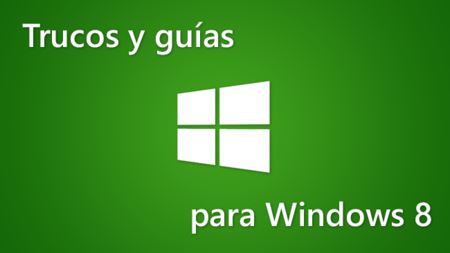How to add new external devices to our Windows 8 system

Table of contents:
Continuing the series of Windows 8 Tricks and Guides, today I bring to the fore one of the strengths of the new Redmond Operating System, and that makes the difference with any other of the competition, both in its RT and PRO versions: adding, recognizing and configuring external devices, simply, easily and automatically.
In 90% of cases, simply by connecting the external device, printer, flash drive, USB hard drive, etc., to any of the ports on our equipment, it's enough for the system to recognize it, install the proper drivers and start working fully.

For example, this is what happens the first time I connect a Windows Phone to my laptop via a USB cable. The system recognizes the external device, downloads the driver and even the necessary software. Leaving the system ready to interact with the mobile.
When things get complicated

Now I am going to make an example of when I find myself in those 10% of cases where the device is either not recognized , its drivers are not in the default database that comes with Windows 8, or it is not located in Windows Update.
In this case I am trying to register, on my laptop, an HP F2400 printer (somewhat old) that is physically connected via USB to a Windows 7 computer in the living room, and which I access through the Local Wi-Fi.
The first step to perform is to access the shared printer on the Windows 7 computer (LIVING ROOM) through the LAN, and double click so that the system recognizes the device that I want to add to my system, and try to configure it.

In this case it has failed miserably, since not only could it not be found locally, but also not on the Net. So it asks me to manually enter the .inf file to install the drivers.
Moment of panic? No, far from it. Another of the advantages unattainable by any current operating system are the nearly two decades of history in the development of drivers for all kinds of "gifts" that the Windows ecosystem has .
So, I enter the search string “ HP Deskjet F2400 driver ” in Google – still the best search engine – and I access the manufacturer's page where I can download the most suitable software package. to my system.

Once the files are stored on the computer, we will launch the installation and – very possibly – I will have to reboot the computer to complete the operations .
Finally I enter the Control Panel (Windows + X) and select the Devices and Printers icon, where I see that the printer has been installed correctly, and from where I launch a print test to be sure that everything is configured correctly.

In XatakaWindows | Tricks and guides for Windows 8




